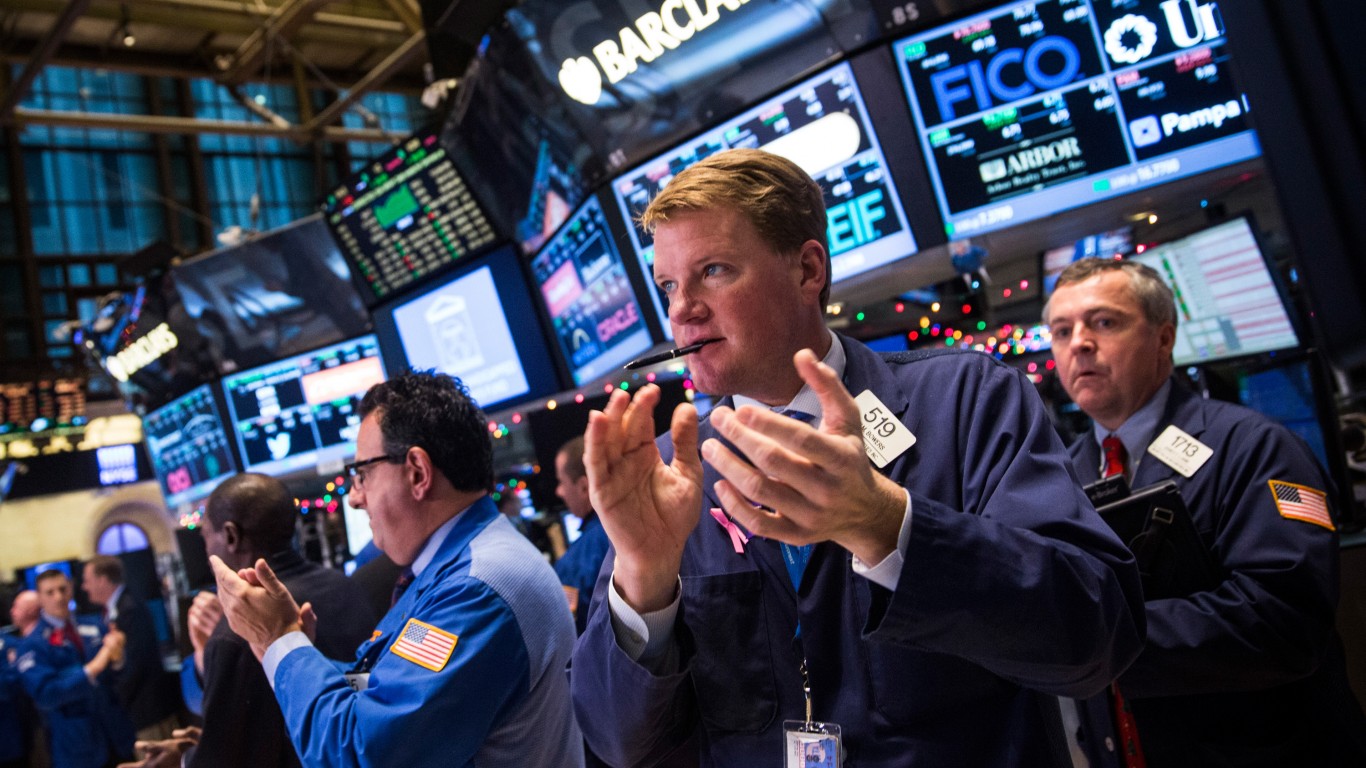

The bull market is now nearly 10 and a half years old, and stocks have again recently managed to reach all-time highs, with the Dow Jones industrials hitting 28,000 and the S&P 500 hitting 3,100. The saying “bull markets crawl a wall of worry” is a supreme understatement in 2019. In recent years, the media has managed to inaccurately predict that the next recession is right around the corner.
One issue that is frequently cited as an ongoing set of risks is a general “uncertainty” about the economy. With a trade war, tariffs, endless political investigations and a potential impeachment of the president, it’s easy to forget that there are negative interest rates in Europe and Japan, Europe’s economy is weak, China’s economy is vulnerable, India’s growth has yet to live up to expectations and South America is back in a serious mess.
All this adds up to continued economic uncertainty, and then some. A new Dallas Federal Reserve paper titled “Economic Policy Uncertainty Emerges as Drag on Stock Market” may be late to the uncertainty party, but it’s better late than never.
The good news about the Federal Reserve study is that you can count on it having hard data rather than just opinions and conjecture. Media outlets tend to make more money by keeping you tuned in and worried than if they just issued a headline saying, “It’s All Good, Stocks Should Keep Rising and Rising Ahead” each day. This paper from the Dallas Fed outlines how much higher the stock market could have been without all the continued economic uncertainty.
According to the study’s authors, Pavel Kapinos and Alex Musatov, virtually all the downside pressure on stock prices over the past two years has come from the elevated levels of economic uncertainty. Considering that the double-digit gains of 2019 could have been even greater, or that the major plunge in late 2018 could have been easily overcome, there is one of the Fed’s hard data points to consider: without the recent and ongoing uncertainty, the report suggests that the S&P 500 would have been about 12% higher over the past two years.
There is a U.S. economic policy uncertainty index called the EPUI, which indicates that economic policy uncertainty has trended generally upward since a relative lull in 2014. As the index rises, the outcome tends to bring reduced bank lending and lower capital spending. Still, an unanswered issue is how economic policy uncertainty has affected U.S. equities, after trying to factor in the known drivers such as interest rates, real economic activity and macroeconomic growth prospects.
According to Kapinos and Musatov, the recent uptick in the EPUI has weighed negatively on the stock market and has become the dominant source of downward pressure over the past two years. The report uses a historical reference to show that much of the fluctuation in the S&P 500 could be explained by unexpected developments in the yield curve slope, monetary policy and the stock market’s own shocks. Their report concludes:
Although economic policy uncertainty has historically contributed little to explaining stock market fluctuations, its impact has become much larger in recent years. It has accounted for a large portion of the downside to the stock market fluctuations since 2016. This last result is particularly striking, since virtually all other factors have provided a positive impulse to the S&P 500.
Increased economic policy uncertainty reduced the S&P 500 Index by about 12 percent relative to what would have occurred on average within the sample by the end of the review period. This is quantitatively similar to the contribution of the heightened level of unemployment claims during the Great Recession.
What is interesting here is that the underlying data from human readings of more than 12,000 newspaper articles showed that the uncertainty index has seen spikes around tight presidential elections, both Gulf Wars, the 9/11 terror attacks, the Lehman Brothers implosion, the 2011 debt ceiling dispute and other major battles over fiscal policy. It’s hard to imagine that, through all this uncertainty, the S&P 500 bottomed out around the level 666 early in March of 2009 — and it’s up above 3,100 since.
Another 12% gain to the stock market might not feel so bad after such a run that we have seen. That said, it would have made a late-cycle rally even that much more impressive since late in 2016. Perhaps one lesson to take to heart is that actual economic data and actual trends seen from corporate earnings and guidance, independent economic forecasts and actual consumer spending in the real economy are far better indicators of economic activity than big scary news headlines from people who have to put on special makeup and use specific tones in their voice to tell you where things are headed.
Thank you for reading! Have some feedback for us?
Contact the 24/7 Wall St. editorial team.
 24/7 Wall St.
24/7 Wall St.


